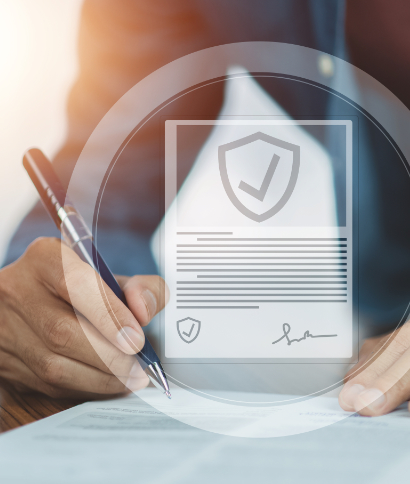
Our Security Policies service turns governance into day-to-day practice across universities, colleges, schools and offices. We write, review and operationalise fit-for-purpose security policies and procedures covering people, places and technology-so your teams know what to do, when to do it and how to evidence compliance.
From access control & ID badging and manned guarding post orders to CCTV management, incident response & emergency plans, safeguarding, acceptable use, contractor management, key holding, data protection and business continuity, we align policies with your risk profile and integrate them with FM, H&S and IT workflows. Where helpful, we map content to recognised good practice (e.g., ISO-style controls) and local regulatory obligations.
Service overview
We collaborate with security, estates, IT and student services to document clear responsibilities, escalation paths and evidence trails. The result: concise policies, practical procedures, checklists and training that work at receptions, classrooms, labs, residences, car parks and offices.
- Policy framework & governance: policy hierarchy, ownership, version control, approval and review cycles.
- Physical security policies: access control, key management, visitor handling, guarding post orders, patrols, event security and contractor escorts.
- Technology & monitoring: CCTV/VMS usage, retention, privacy & disclosure procedures, alarm monitoring and systems hardening.
- People & safeguarding: code of conduct, lone working, welfare checks, safeguarding referrals, Prevent awareness and acceptable use.
- Incident & emergency: incident classification, reporting, gold/silver/bronze roles, lockdown/evacuation, invacuation, communications and debriefs.
- Continuity & resilience: risk registers, critical services, dependency mapping, recovery playbooks and tabletop exercises.
- Assurance & compliance: audits, drills, KPI/SLAs, training records, DPIA guidance and data retention schedules.
- Integration: policies aligned with access control, CCTV, helpdesk/CAFM, HR/IT onboarding and contractor management.
Plain-English policies & usable checklists
Briefings, e-learning, drills & tabletop exercises
Audit trails, KPIs & compliance dashboards

Policy into practice
We translate policy into post orders, SOPs and quick-reference guides for receptions, control rooms and patrols. Officers and reception teams know exactly how to verify identity, manage visitors and respond to incidents-confidently and consistently.
- Role-based procedures for guards, reception, FM, IT and duty managers.
- Privacy-aware CCTV and access control rules with clear authorisations.
Incident playbooks: lockdown, evacuation & communication
How our security policies service works
1
Assess & plan
We review your estate, risks and current documents, interview stakeholders and map legal/organisational requirements. A framework and gap analysis define priorities and timelines.
2
Draft & agree
We produce concise policies, SOPs and forms aligned with access control, CCTV and manned guarding operations, then iterate with your owners and approvers to final sign-off.
3
Train, test & assure
We brief teams, run drills/tabletops and configure reporting so compliance is visible. Audits and review cycles keep documents current and performance improving.
Frequently asked questions
A complete policy framework with concise policies, SOPs and forms for access control, key management, visitor handling, CCTV usage & disclosure, guarding post orders, incident response, safeguarding, lone working, contractor management, acceptable use, data protection, business continuity and auditing-plus training and review cycles.
Both. We can refresh and align existing documents to current risks and operations, or develop a full, consistent set from the ground up-mapped to your governance model and approval workflow.
We recommend annual reviews as a baseline, with interim updates after major changes-new buildings, systems, risks, legislation or incidents. A central register tracks owners, version history and next review dates.
We deliver briefings, e-learning and drills, embed SOPs into access control/CCTV and helpdesk workflows, and set KPIs & audits so compliance is measured. Incident debriefs and lessons learned drive continuous improvement.
